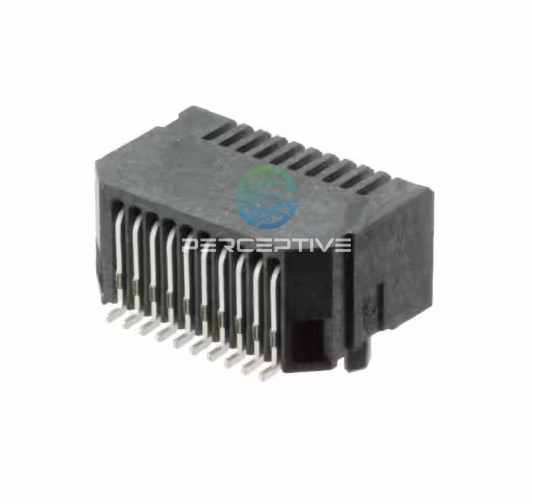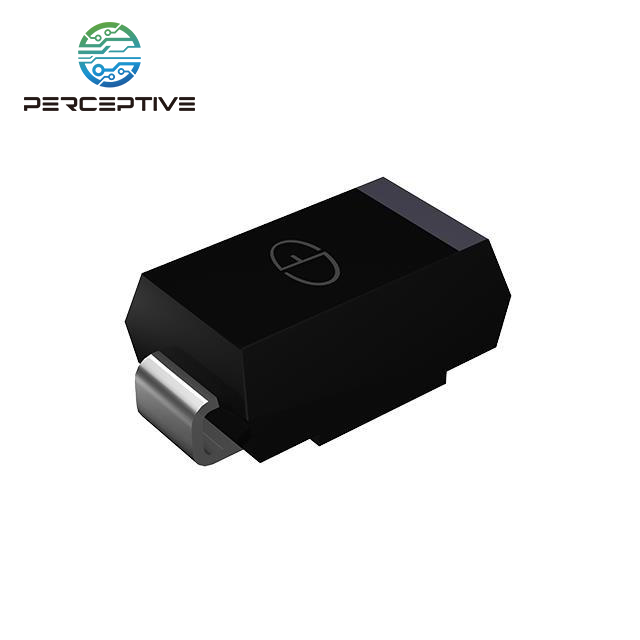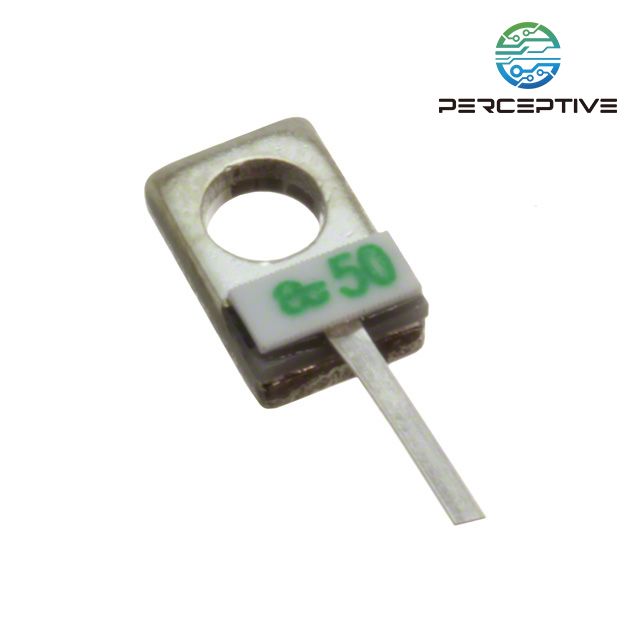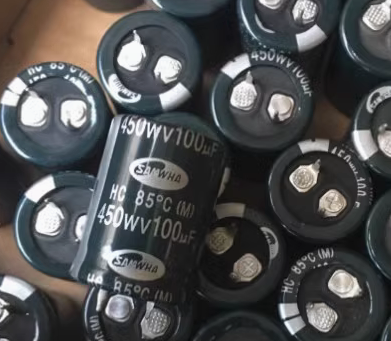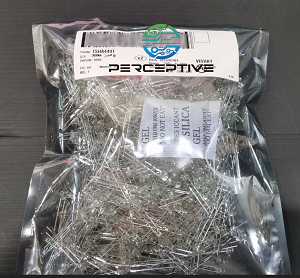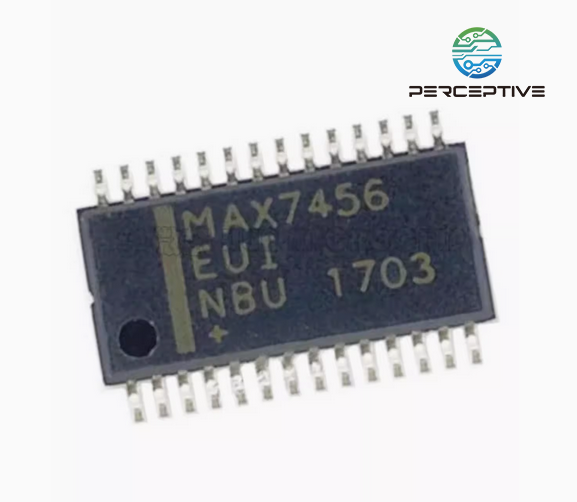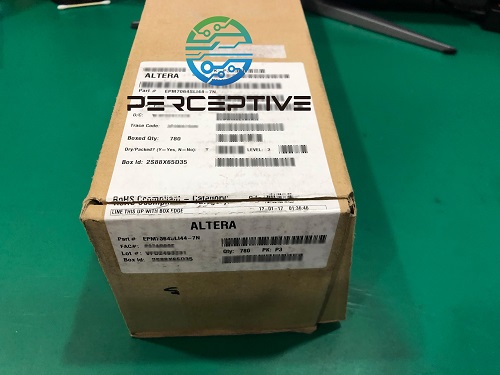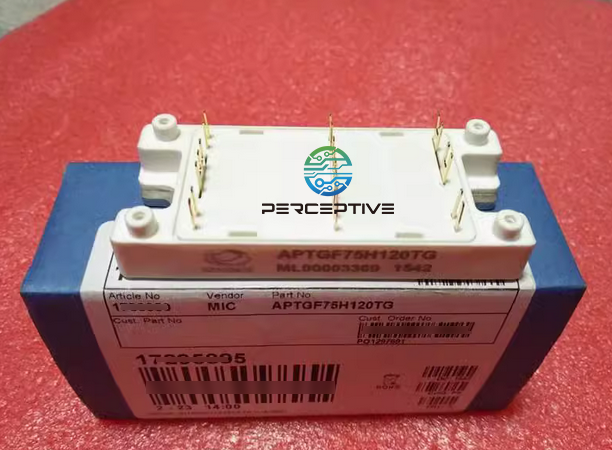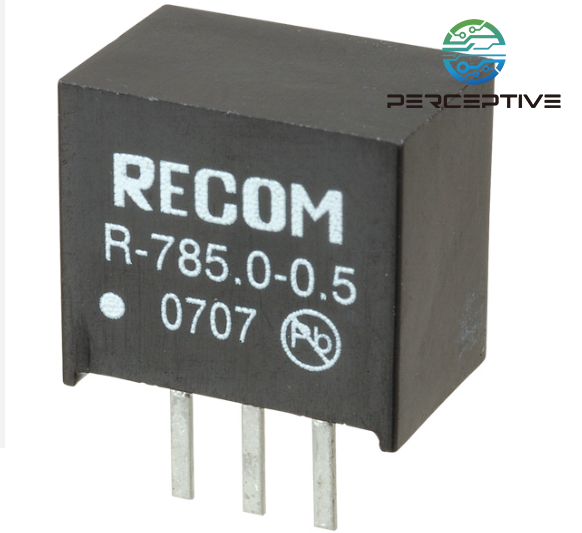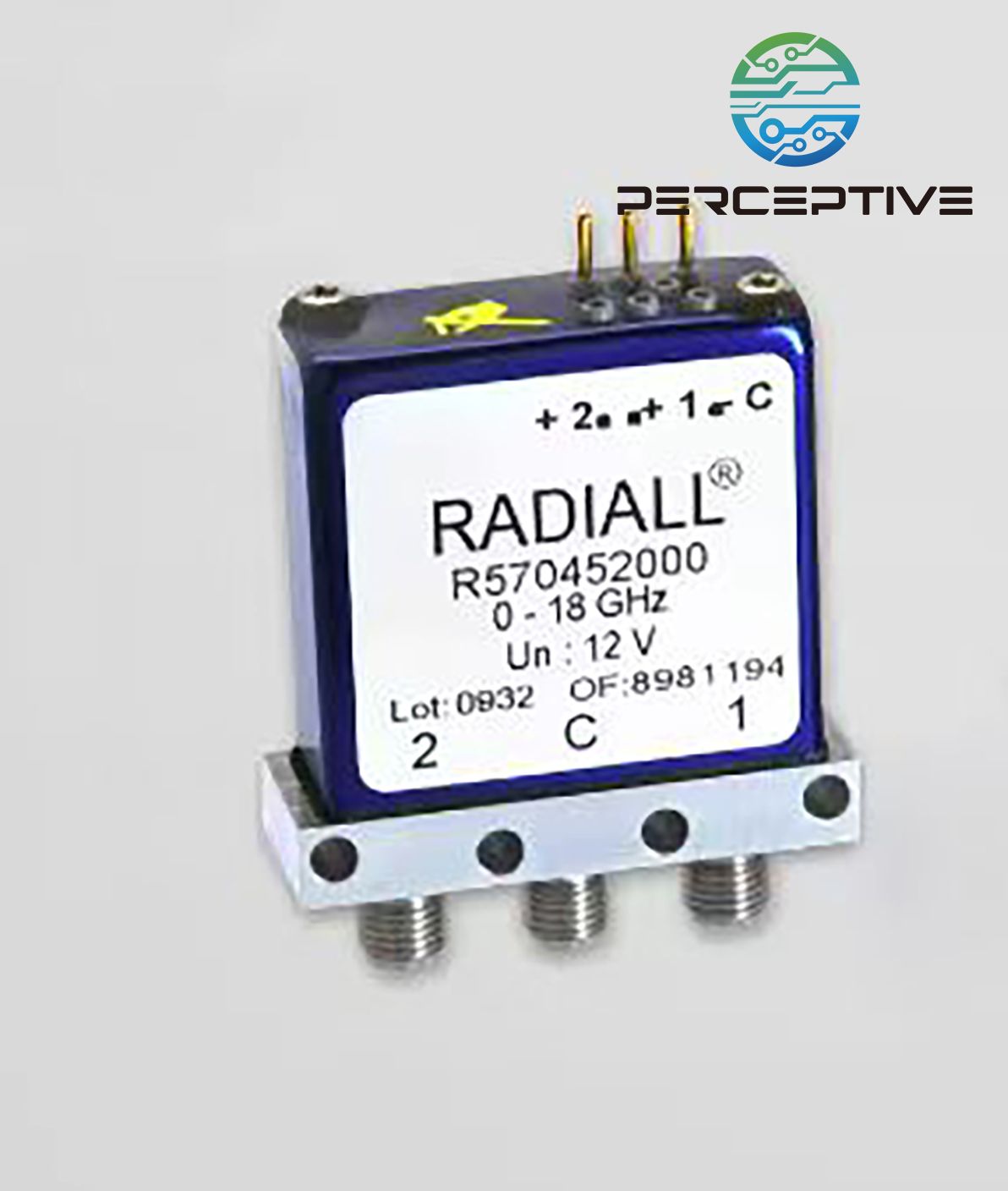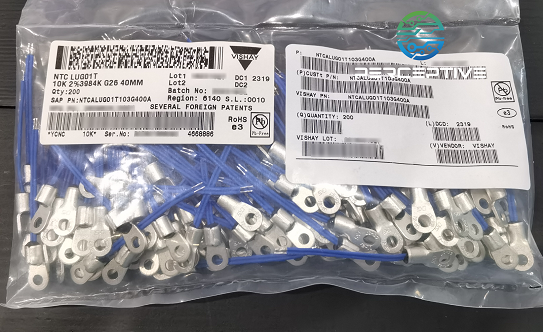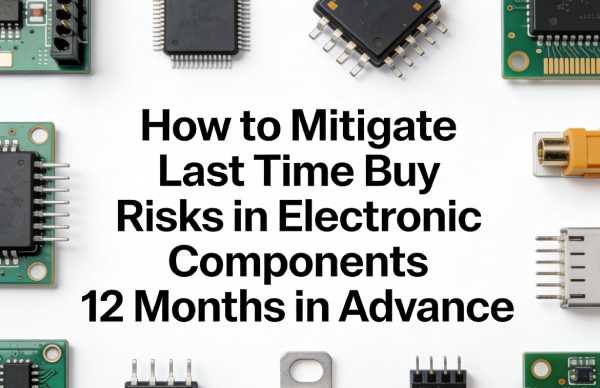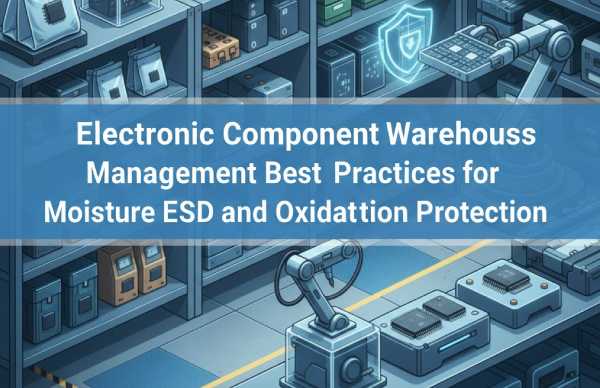In today's complex global electronics ecosystem, counterfeit chips and gray-market sourcing pose one of the most persistent risks to product reliability, safety, and corporate reputation. The semiconductor shortage of recent years has further amplified this issue, pushing many manufacturers and buyers to seek alternative sources — sometimes unknowingly stepping into high-risk supply chains. For distributors, OEMs, and contract manufacturers, effective risk management is not only about cost control; it's about safeguarding product integrity and brand trust.
Why Counterfeit and Gray-Market Risks Matter
Counterfeit integrated circuits (ICs) include recycled, remarked, or unauthorized parts that imitate genuine components. These chips may look authentic but often suffer from degraded performance, hidden defects, or even malicious modifications. According to industry surveillance data, the global counterfeit electronic component market costs the industry billions annually, and reports of suspect parts continue to increase, especially during component shortages.
Gray-market parts, on the other hand, are genuine products that enter distribution channels outside of the manufacturer's authorized network. They may have been diverted, resold without consent, or stored improperly. While not always counterfeit, gray-market components typically lack traceability and warranty coverage, increasing the risk of performance issues or regulatory non-compliance.
Practical Strategies to Control Counterfeit Risk
1. Source from Authorized and Verified Suppliers
The most effective way to reduce counterfeit risk is to source components from authorized distributors or directly from original manufacturers. If procurement through the open market is unavoidable, implement a rigorous vendor qualification process. Standards such as SAE AS6081 and AS5553 outline specific protocols for distributors and OEMs to manage open-market purchasing, vendor audits, and quality control.
2. Maintain Full Traceability and Documentation
Request Certificates of Conformance (CoC), factory lot codes, and proof of origin for every batch. Ensure that suppliers provide complete chain-of-custody documentation to verify that components come from legitimate sources. This documentation helps establish accountability and ensures compliance with customer and regulatory requirements.
3. Conduct Risk-Based Incoming Inspection
Implement a structured inspection process for all incoming goods, especially from non-franchised sources. Recommended testing tiers include:
Visual inspection for package markings, surface finish, and labeling consistency.
X-ray or XRF analysis for internal structure and material verification.
Electrical and functional testing to validate performance under real operating conditions.
Destructive analysis, such as decapsulation, for high-value or safety-critical components.
Working with accredited testing labs certified under AS6171 provides deeper assurance of authenticity when visual checks are insufficient.
4. Enforce Supplier Contracts and AVL Controls
Create an Approved Vendor List (AVL) and ensure that all purchases are made through pre-approved, audited suppliers. Contracts should include counterfeit prevention clauses, audit rights, and defined return policies for nonconforming or suspect parts. Regularly review and update AVLs to remove suppliers with weak compliance records.
5. Monitor Industry Alerts and Intelligence Feeds
Subscribe to industry watchdogs such as ERAI, GIDEP, and IDEA to receive alerts on counterfeit incidents, suspect vendors, and high-risk component lots. Integrating these alerts into your procurement workflow helps detect issues early and enables your team to avoid known fraudulent sources.
6. Train Procurement and Quality Teams
Human expertise remains the most critical line of defense. Train your purchasing, warehouse, and QA teams to recognize warning signs — inconsistent packaging, unusual price fluctuations, altered markings, or damaged labels. Regular workshops and case studies help maintain vigilance across departments.
7. Plan for Lifecycle and Obsolescence Management
Counterfeits often appear when some become obsolete or hard to find parts. Proactively manage BOM obsolescence, plan last-time buys, and consider alternative qualified parts to avoid desperation sourcing in the gray market.
When to Escalate to Authenticity Testing
If initial screening or testing reveals anomalies, immediately quarantine the lot and engage a certified third-party lab for advanced analysis. Establish clear escalation thresholds — for example, if a high-value IC fails visual or electrical testing, or if the supplier cannot provide traceability — and document each case thoroughly. In critical applications, prompt investigation prevents defective products from reaching end customers.
Building a Sustainable Anti-Counterfeit Framework
A robust counterfeit prevention program goes beyond one-time inspections. It should be an integrated quality system combining supplier management, traceability, training, and testing. Regular internal audits, data sharing with industry peers, and supplier performance reviews strengthen the defense over time.
By combining authorized sourcing, traceability, risk-based inspection, and collaborative intelligence, electronic component buyers can greatly reduce exposure to counterfeit and gray-market threats. In a globalized supply chain where parts often pass through multiple hands, vigilance is not optional — it is an operational necessity.

